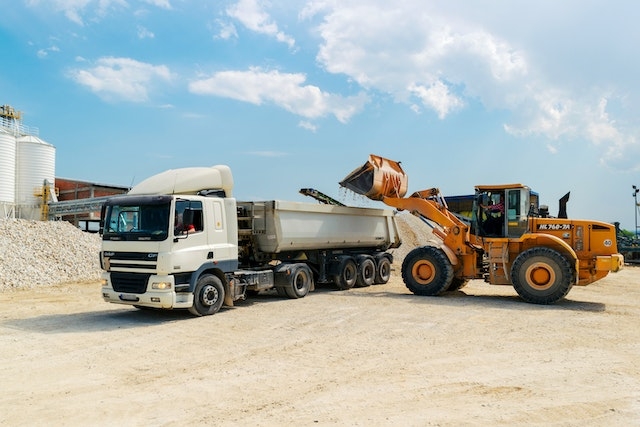
Following on from previous initiatives, the HSE October 2022 campaign focuses on aches, pains and strains within the construction industry. As in previous years, inspectors will look at whether businesses are taking the correct action to ensure workers are being protected. This is part of HSE’s longer term health and work strategy to improve health within the construction industry.
HSE October 2022 Campaign
Aches, pains, and strains are a common experience, especially after physical exertion which is more than or different to usual, usually our bodies recover after a few days. However, repeated exposure to the hazards that cause these aches, pains, and strains or asking our bodies to do too much, can lead to serious, long-term, or even permanent injury or disability.
A sprain is an injury to a ligament, the tough, fibrous tissue that connects bones to other bones. Sprain injuries involve a stretching or a tearing of this tissue. Ankle, knee and wrist injuries account for the majority of sprains.
A strain is an injury to either a muscle or a tendon, the tissue that connects muscles to bones. Back injuries are the most prevalent in regard to strains. Depending on the severity of the injury, a strain may be a simple overstretch of the muscle or tendon, or it can result in a partial or complete tear.
Construction Site Inspections
According to the HSE, every year approximately 40,000 construction workers suffer with (MSD) musculoskeletal disorders which are the result of injuries to muscles, bones, joints and nerves.
The inspectors will be carrying out 1,000 inspections in October and November to observe how the workers are moving heavy or bulky items.
Health & Safety Guidance for Employers
- The law requires employers to prevent the ill health of their workers, which includes injuries to muscles, bones, joints and nerves that can develop over time.
- Everyone involved in the construction industry is responsible for keeping workers safe (designers, contractors and workers).
- The risk must be managed where it cannot be prevented and risk management arrangements must be reviewed frequently to ensure they are effective.
- Moving and handling risks should be considered and prevented where possible at the design stage.
- Once on site and before work starts, employers should talk to workers about controlling existing risks to make sure that the right training, aids and equipment are there to prevent injuries.
If moving and lifting is managed properly, a physical job on a building site should not result in aches, pains and strains.
Do not take risks with safety. Get expert Health and Safety legal advice today to protect your employees and your business. Call 03333 215005 or email info@wirehouse-es.com





